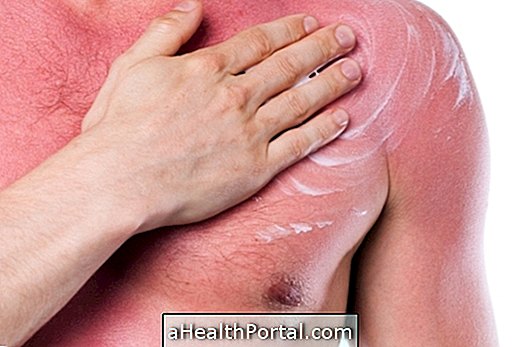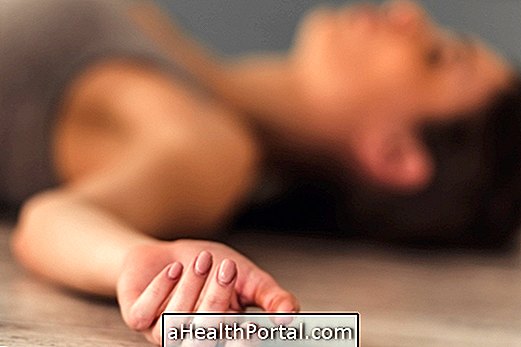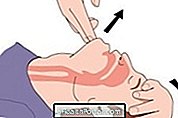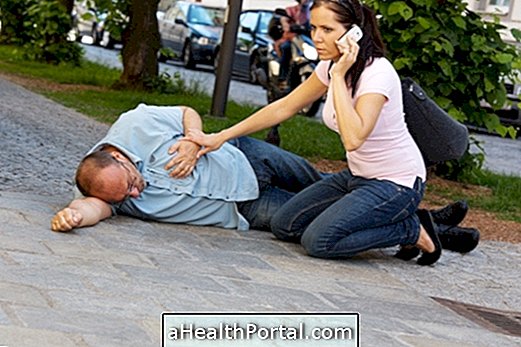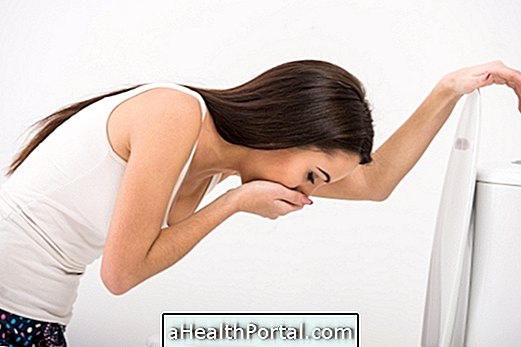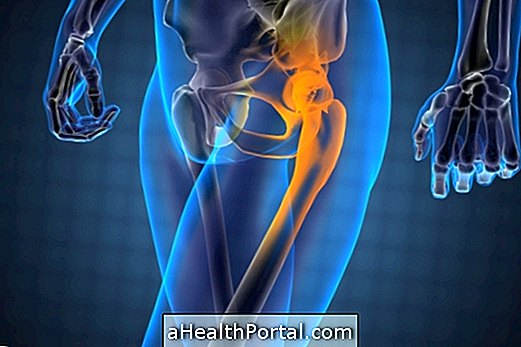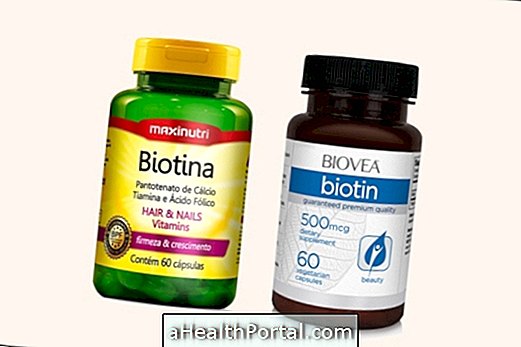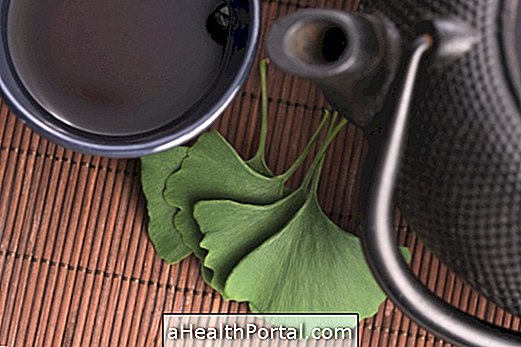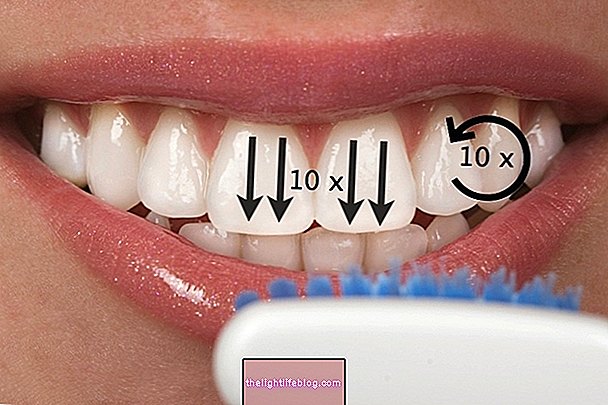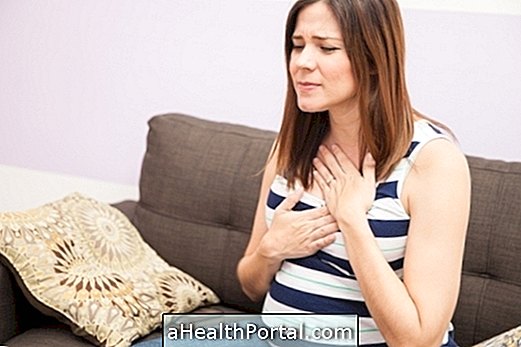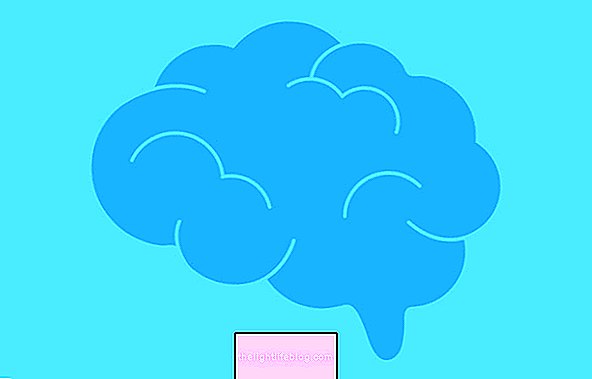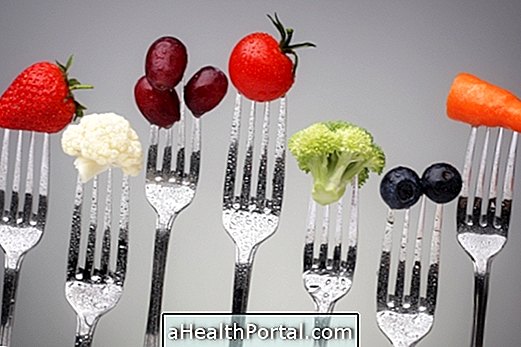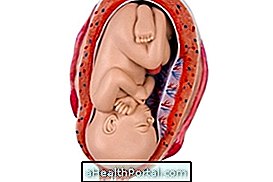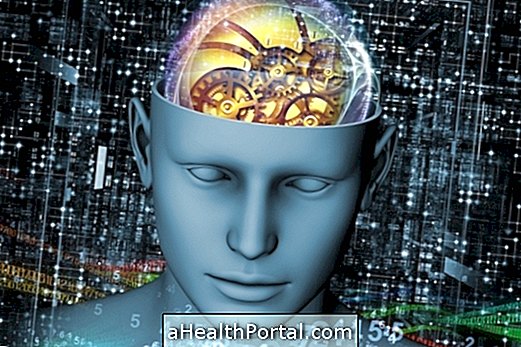Cardiac massage is considered the most important item after seeking medical help in an attempt to save an individual who has suffered cardiac arrest. Anyone who encounters an unresponsive individual should call for help and begin cardiac massage.
How to do cardiac massage in adults
To perform cardiac massage in adolescents and adults, follow these steps:
- Call 192 and call an ambulance;
- With the subject lying down, place the hands on the victim's chest between the nipples as shown in the figure below;
- With your arms outstretched, push your hands tightly, using your own body weight, counting at least 2 jerks per second until the arrival of the rescue service. It is important to let the patient's chest return to the normal position between each push.
- If you have more than one person to help, they must take turns every two minutes.

It is very important not to interrupt the compressions, so if the first person who attended the victim gets tired during the cardiac massage, another one must continue doing the compressions in a relay scheme every 2 minutes, always respecting the same rhythm. The cardiac massage should be stopped only with the arrival of the rescue to the place.
Here's how to perform the heart massage while waiting for the ambulance to see this video:

How to Do Cardiac Massage in Children
To perform cardiac massage on children up to 10 years of age follow these steps:
- Call an ambulance by dialing number 192;
- Lay the child on a hard surface and position their chin higher to facilitate breathing;
- Make two mouth-to-mouth breaths;
- Support one of your hands on the child's chest, between the nipples, above the heart as shown in the image and
- Press the chest with only 1 hand, counting 2 compressions per second until the rescue arrives.
- At every 30 compressions, two mouth-to-mouth breaths should be made.

How to Do Cardiac Massage on Babies
To perform cardiac massage on infants follow these steps:
- Call an ambulance, dial 192;
- Lay the baby on his belly up;
- Position your chin further up, to facilitate breathing;
- Remove any object from the baby's mouth that may be hindering the passage of air;
- Start with 2 breaths (vents) mouth to mouth;
- Position the index and middle fingers over the baby's heart (between the nipples), as shown in the figure, and
- Press your fingers down, counting 2 jerks per second, until the ransom arrives.
- For every 30 massages, make 2 breaths (mouth-to-mouth).

Importance of Cardiac Massage
Doing cardiac massage is very important to keep the patient alive, while professional help is coming, as well as reducing the possible neurological damage from cardiac arrest.
Currently, the Brazilian Society of Cardiology indicates the accomplishment of cardiac massage, without the need to make mouth-to-mouth breaths in adult patients. The most important in these patients is to do an effective heart massage, that is, able to make the blood circulate in each compression of the chest. In children, the breaths (ventilations) should be performed every 30 compressions because, in these cases, the major cause of cardiac arrest is by hypoxia, that is, lack of oxygenation.
It is important to call for help as soon as you realize that an individual is not responding. If there are no more people to help, you should call 192 before starting heart massage.
Useful links:
- First aid for unconscious victim
- First aid in acute myocardial infarction

